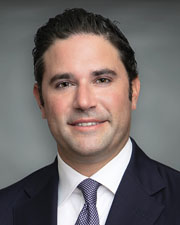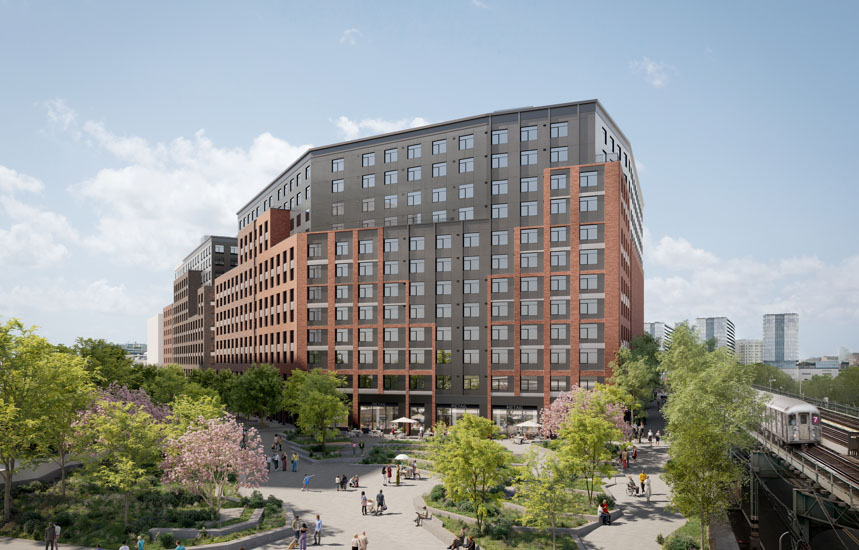Activity, liquidity, and things you can control during the COVID-19 crisis - by Jonathan Schwartz

Today’s current events can feel unprecedented and overwhelming, particularly in New York, the epicenter of the nation’s COVID-19 crisis. Many sectors of the economy have been put on indefinite pause. Distressingly, the situation seems to change by the day, if not by the hour.
In working with lenders, owners and operators in all sectors of the commercial real estate industry, Walker & Dunlop has seen firsthand the impact of the crisis in New York and nationwide. Every day, we’re having conversations with more than 150 capital providers and have gathered valuable insights that can be scaled across the industry. Below are immediate actions we recommend you take to weather this storm, along with new capital and sector-specific trends that will keep you informed as the situation continues to develop.
Actions to take right now
First and foremost, do everything possible to make your monthly payments. When planning for the future, prepare for a worst-case scenario—50% of your tenants not making their rent payment, for instance.
Then, immediately start an open dialogue with your lenders if you haven’t already, particularly if your properties are in the retail or hospitality sectors. Be open about the state of your properties and your finances. Lenders are reading the same headlines you are about the COVID-19 crisis and its related impacts on our industry. Due to government assistance agreements, they may be more lenient in terms of delinquencies and forbearances and could be open to restructuring payments.
Now is also the time to negotiate forbearance agreements with your tenants. Doing so now allows you to accommodate your tenants’ economic realities, stay in control of your properties and tenant relationships, and meet the terms of your own agreements.
The Capital Landscape
Even as the crisis drives some financing sources to the sidelines, business is still being processed, and loans are being funded.
Of course, the biggest financing story is the ample liquidity of Fannie Mae, Freddie Mac, and the Department of Housing and Urban Development (HUD) thanks to the CARES Act stimulus package and other federal efforts. In fact, Walker & Dunlop has closed on $3 billion in the first quarter of 2020, albeit with more conservative underwriting and wider spreads.
Deals with strong sponsors can also find a home with commercial banks—which remain well-capitalized with competitive rates—and life insurance companies, which have moved to commercial mortgage markets as spreads have become more volatile in other asset classes. For sponsors seeking certainty of execution with long-term, fixed-rate financing and conservative leverage, it’s a good fit.
Investment banks and non-distressed credit funds with low leverage and substantial equity are providing credit and liquidity for special situations, such as discounted credit and discounted value opportunities, albeit at a premium. Debt funds and REITs have been effectively sidelined due to the lack of a CLO market and the mark-to-market pricing that prevents them from accessing warehouse and repo lines.
In the upcoming weeks, we anticipate that the CARES Act influx of liquidity into financial markets, small businesses, and personal bank accounts will stabilize both the equity and credit markets. If and when you move forward with financing, be aware of new challenges in this “new normal.” These include logistical obstacles, like the need to conduct inspections and file records virtually due to stay-at-home requirements, and evolving benchmarks, like new reserve requirements for GSE funding.
Sectors and selectivity
Thanks to the new programs and ample liquidity of Fannie Mae, Freddie Mac, HUD, and the Federal Housing Finance Administration (FHFA), multifamily commercial deals have continued to move along, in New York City and elsewhere. Responding to the new logistics of a stay-at-home world, industrial properties like warehouses are also getting funded. Even the office and retail sectors have seen interest by banks and life insurance companies, if the deal and sponsor are strong enough.
The Walker & Dunlop team has found pockets of capital available for transitional assets and select opportunities, from student housing in California and a mixed-use development in Arizona to construction loans for developments in Florida and Alabama opportunity zones. In many states, construction is still considered an essential activity.
Overall, we’re seeing a “flight to quality.” Lenders are looking for best in-class sponsors and assets. Be prepared for more selectivity, lower leverage (50% of a project financed rather than 60%), and to pay more. Also, keep an eye on where the coronavirus is spreading and the impact on the economy and job markets, as these models are continuing to evolve.
While many aspects of the COVID-19 pandemic are yet to be determined, we know the crisis will not be permanent. In the meantime, be cautious of your health and the health of others, and please support first responders and essential workers when you can.
Jonathan Schwartz is senior managing director and co-head of Walker & Dunlop’s New York Capital Markets Team.
Related Cos. and Sterling Equities open housing lottery for Willets Point Commons


The CRE content gap: Why owners and brokers need better digital narratives in 2026 - by Kimberly Zar Bloorian







.gif)


.jpg)
.gif)